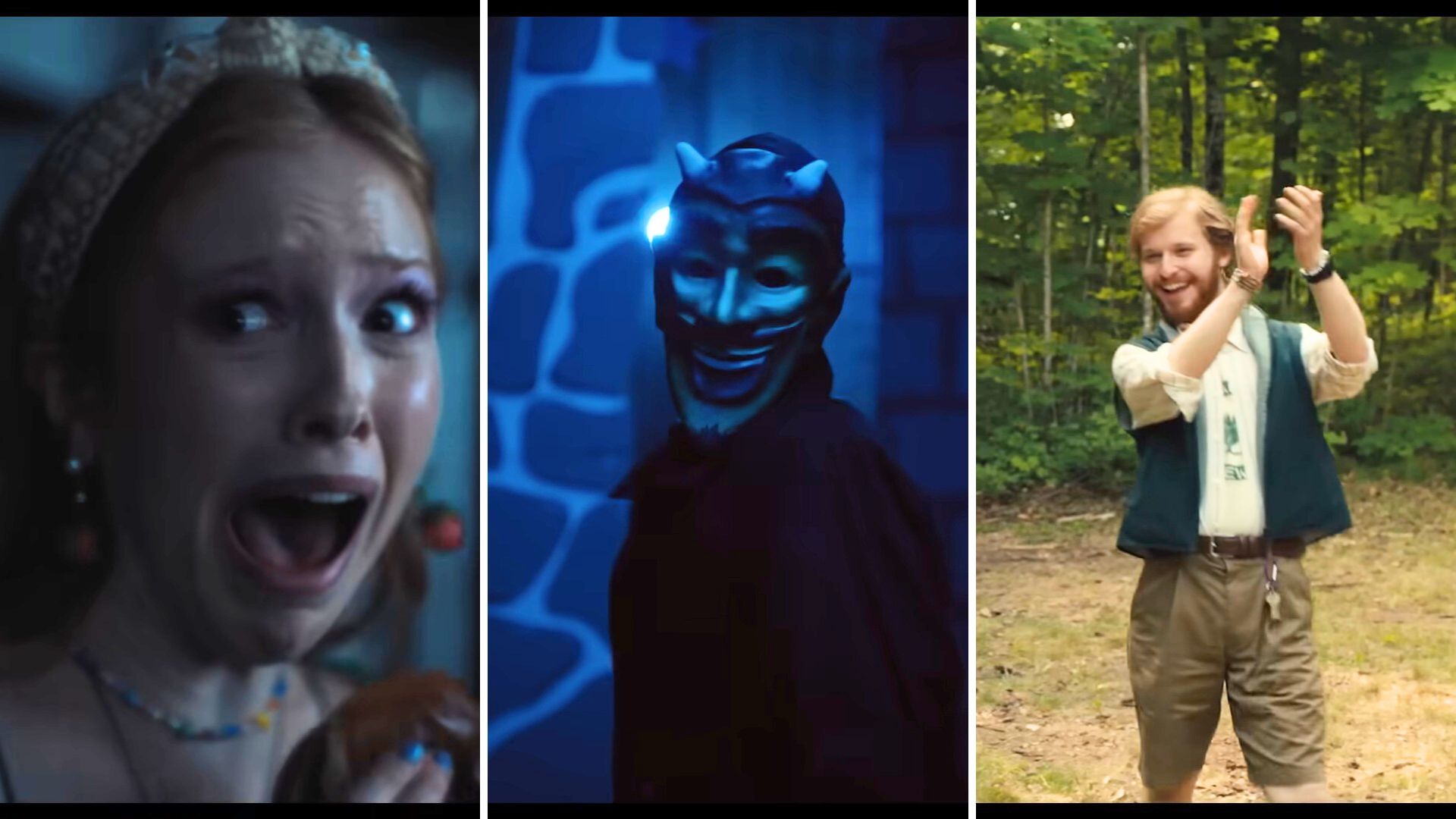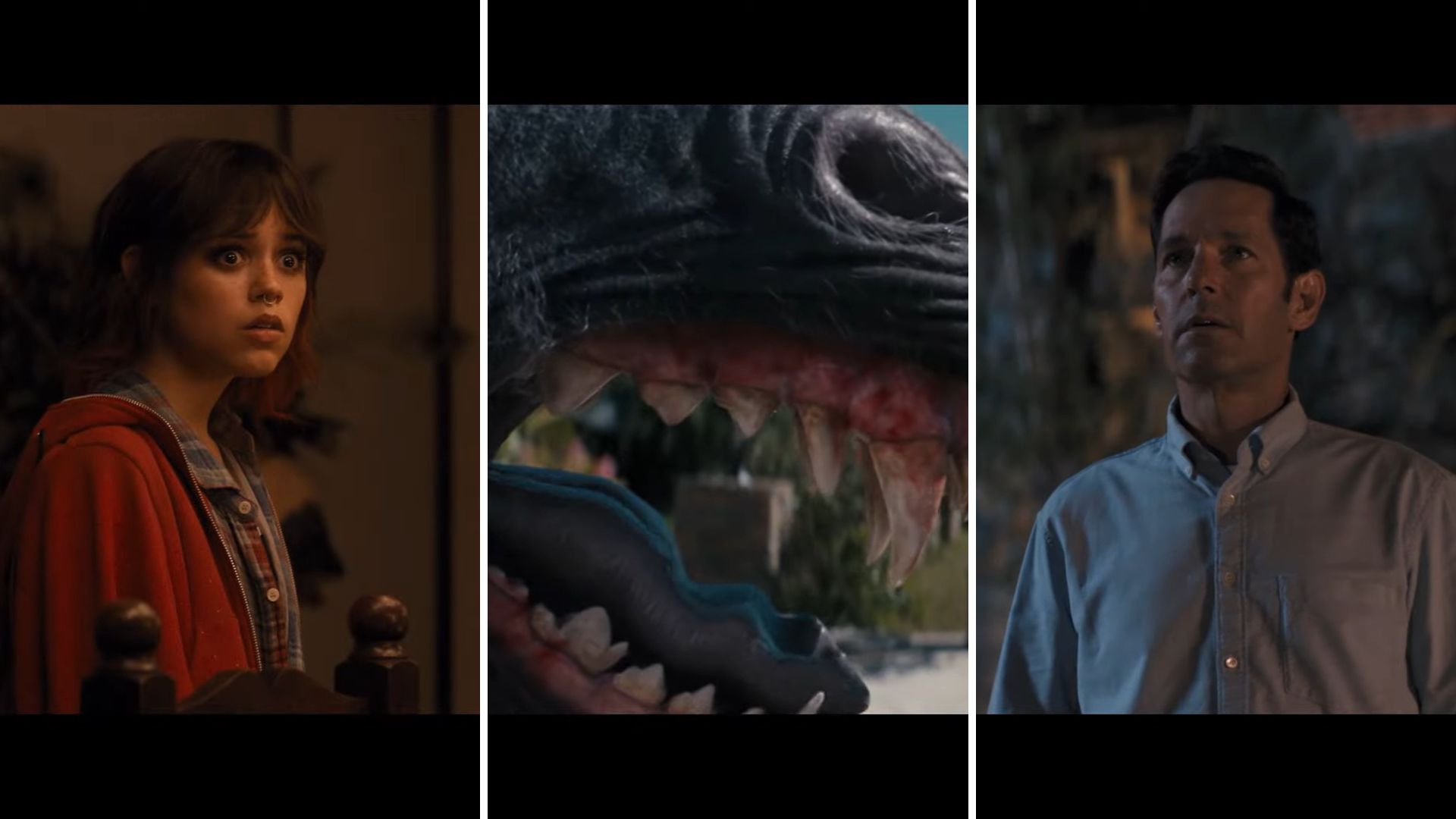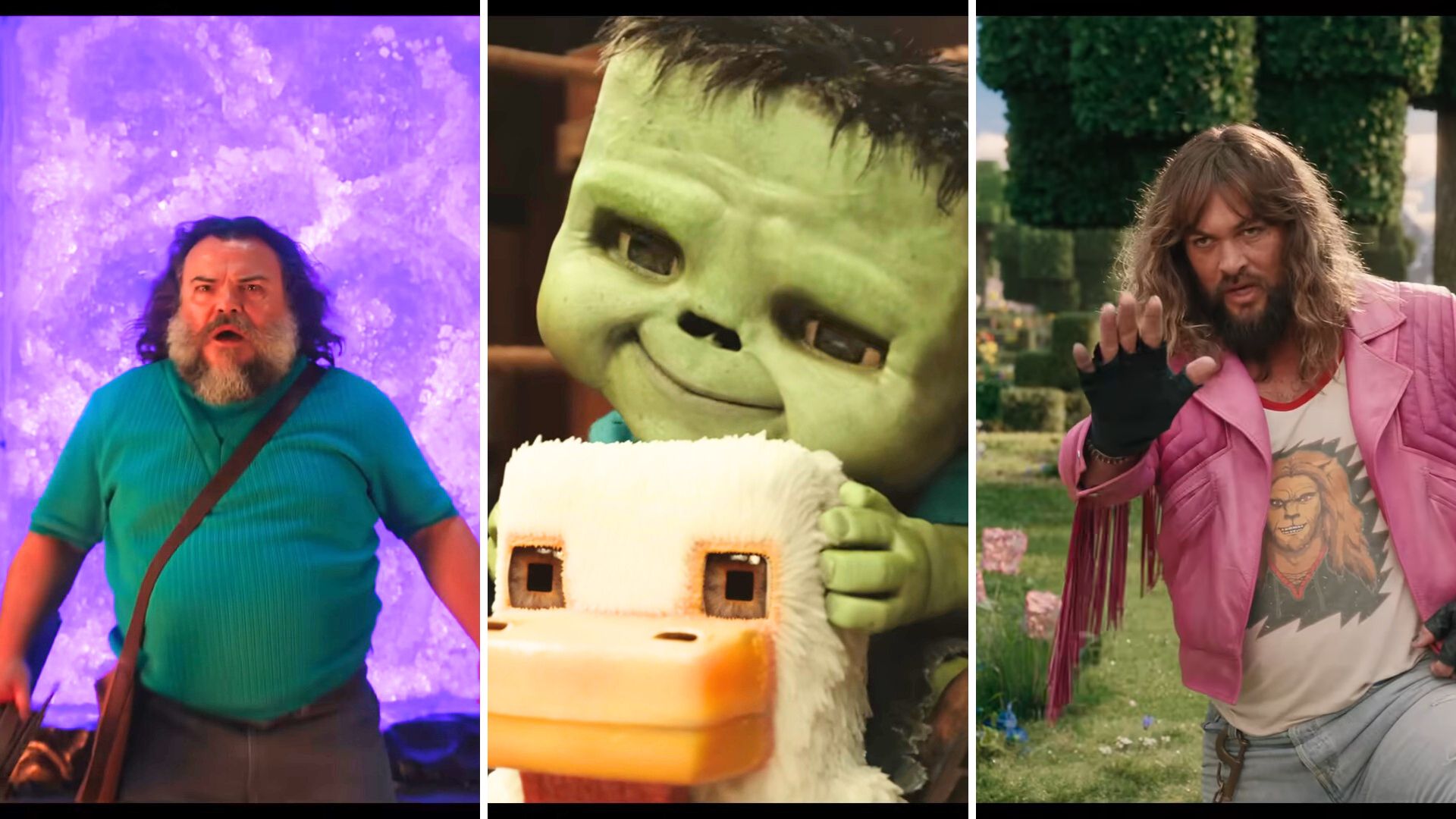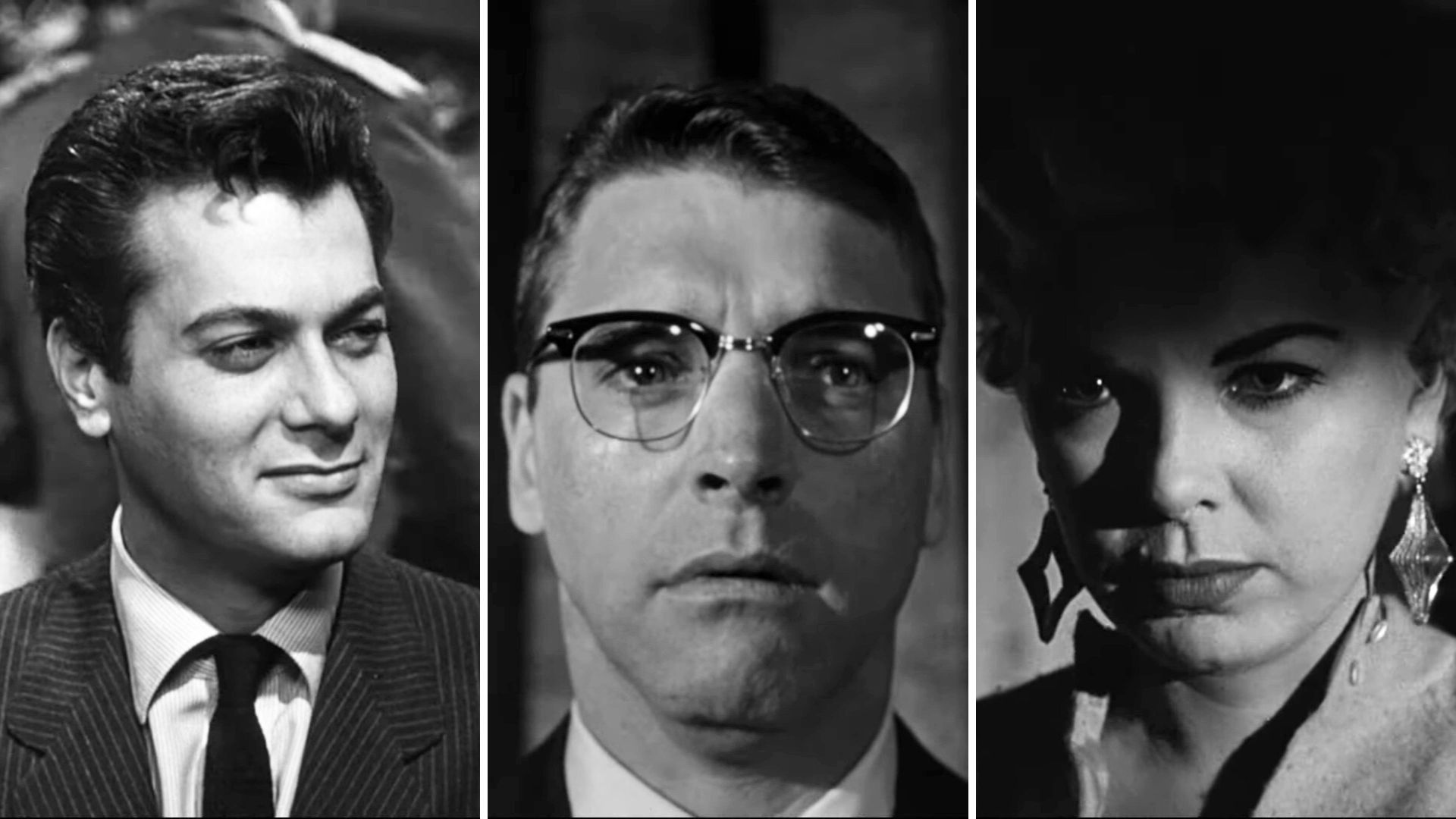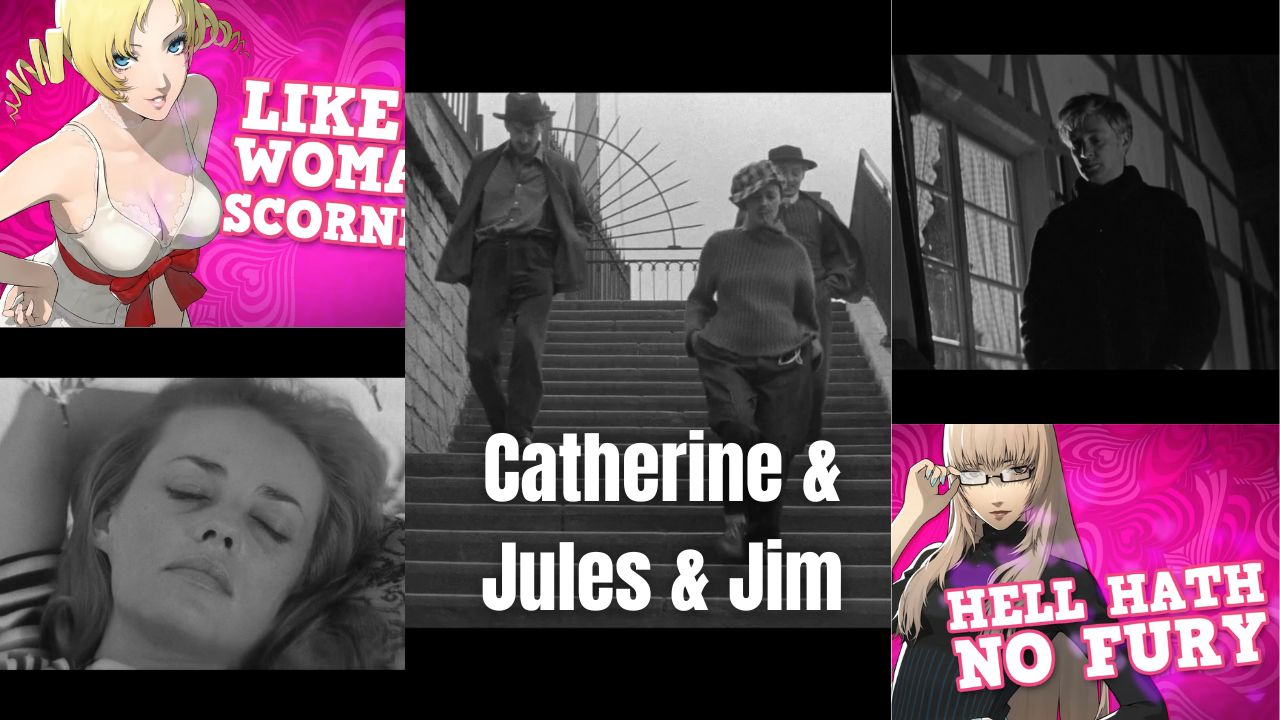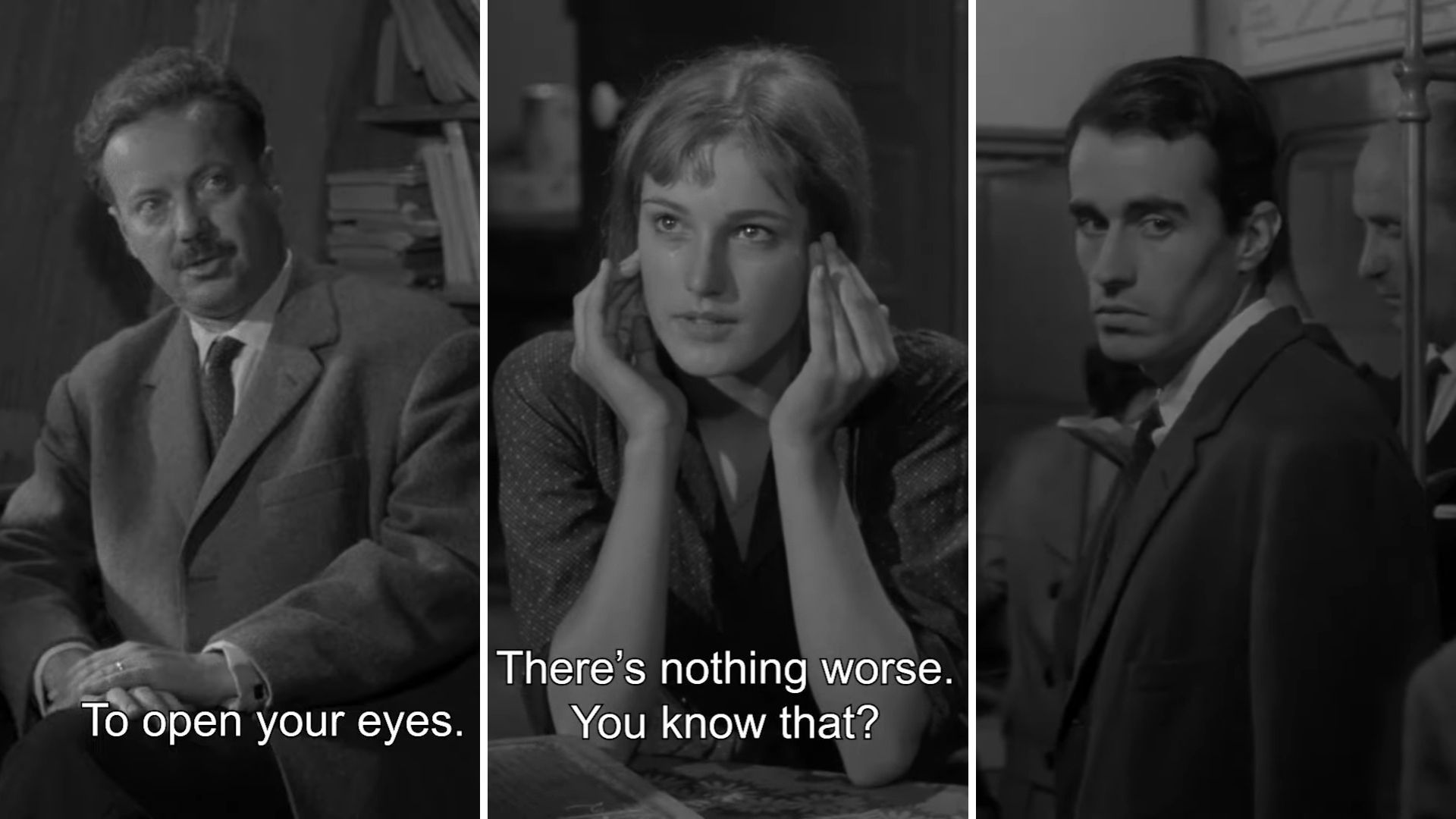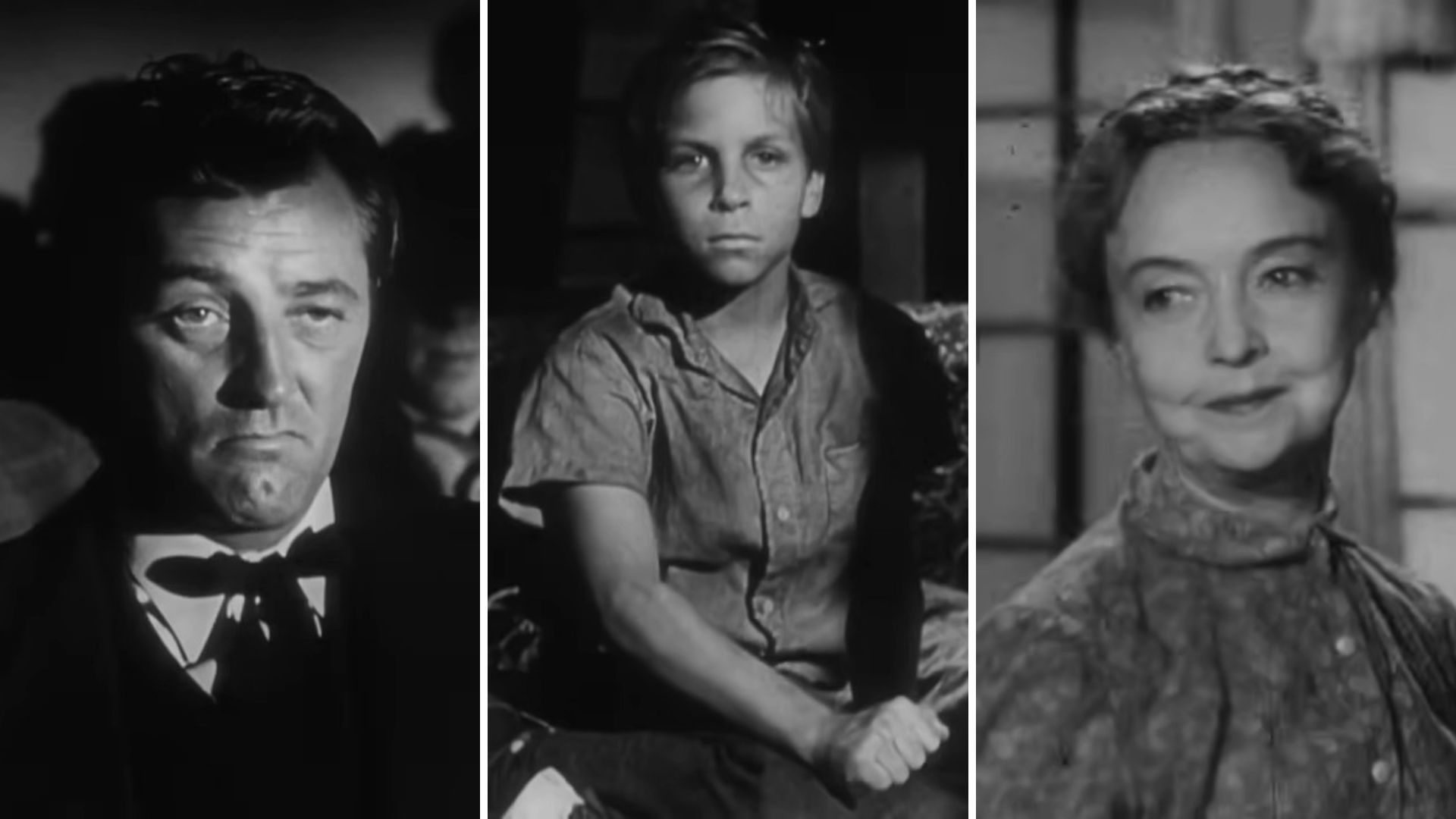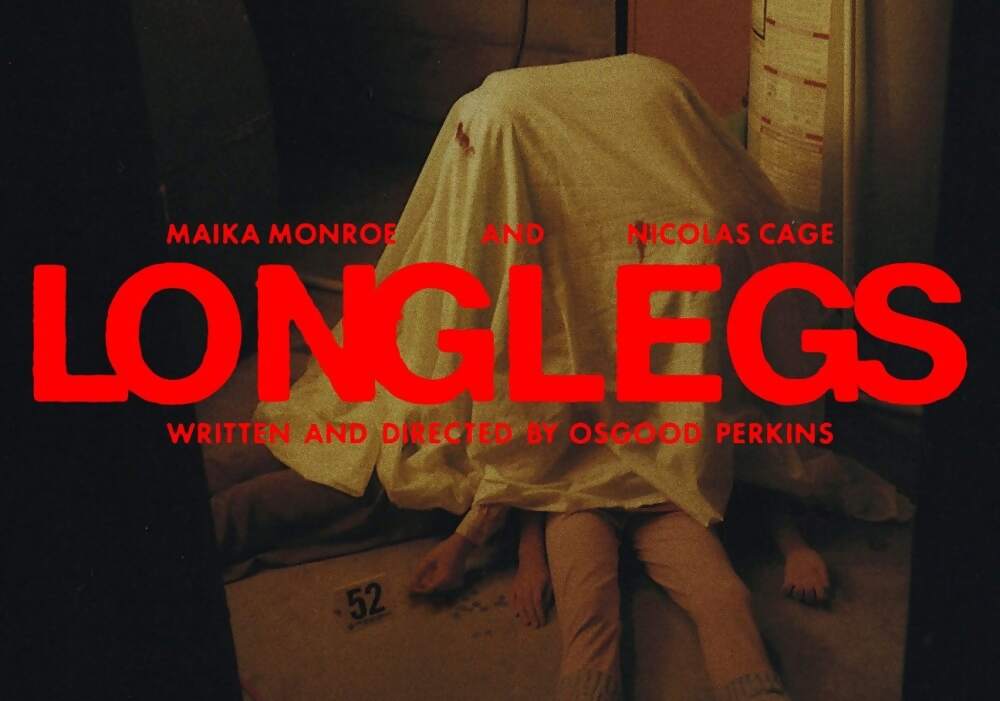
A review of Longlegs, a film that is not about spiders.
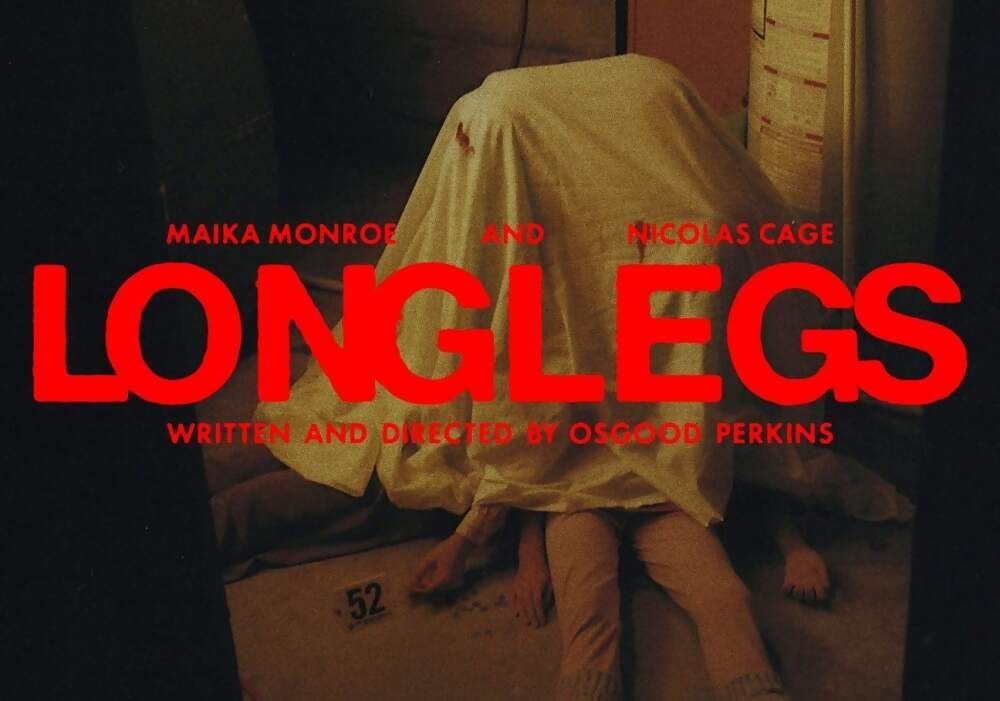
Yes, I thought this movie was Sting, the horror flick that came out in April about a spider that continuously gets larger and larger. I saw the trailer for Sting, thought I had seen the trailer for Longlegs, but guess not, and was very surprised in the theater when I realized this movie was not about a giant spider but instead about the devil.
Yes, Longlegs is a serial killer detective thriller with supernatural elements that more or less boil down to “it was the devil all along.” I’ll try not to get too spoilery in this one but there are a lot of unexplained things that happen in Longlegs and the general conceit at the end of the film is just underworld powers.
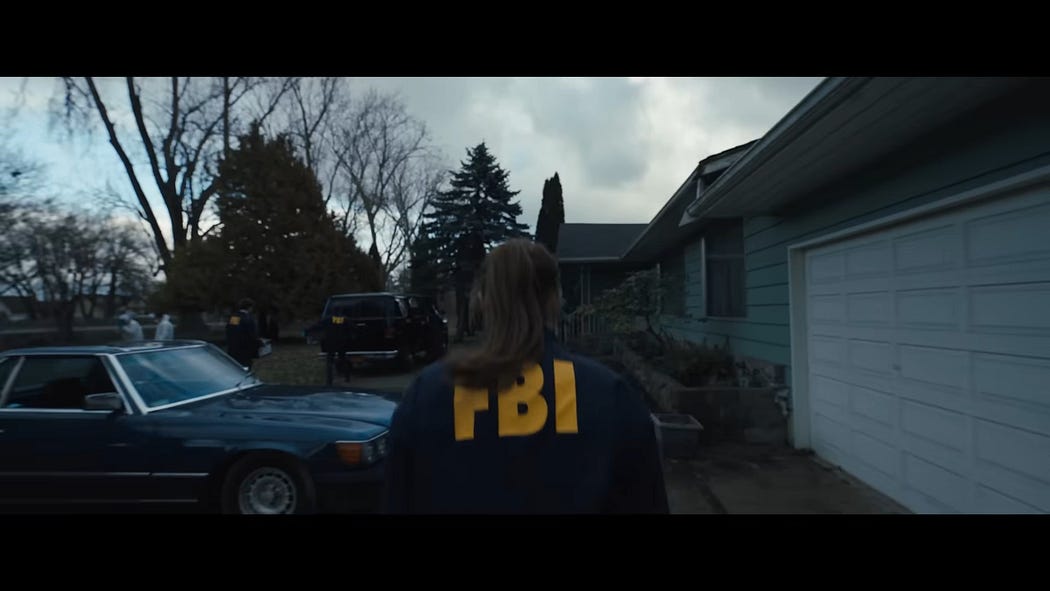
And this is my main gripe with Longlegs. The film isn’t bad, but it does suffer from a script that doesn’t always know where it’s going. The tone and cinematography are really good. The movie opens with a creepy snow-laden scene shot in a 4:3 aspect ratio with rounded edges to give it this vintage 70’s look before the black bars slowly pan out into a more traditional wide-screen aspect ratio that the remainder of the film will be shot in. The 4:3 aspect ratio in film trend is becoming a little overdone for my taste. It was neat and well utilized in a film like First Reformed where the entire film hinges on a man’s narrow viewpoint of the world and that view gradually expanding, but it started to feel contrite when Zak Snyder used it for his four-hour long over-indulgent Justice League cut. The biggest film recently to use this aspect ratio was Saltburn and while some of the interior scenes benefited from this narrow-peeping eye, it made the exterior shots of this glorious lush mansion feel small in scope.
But Longlegs uses this aspect ratio wisely and sparingly. It’s only used to convey a specific time period and moments that happened earlier in Lee Harker, the main character’s life.
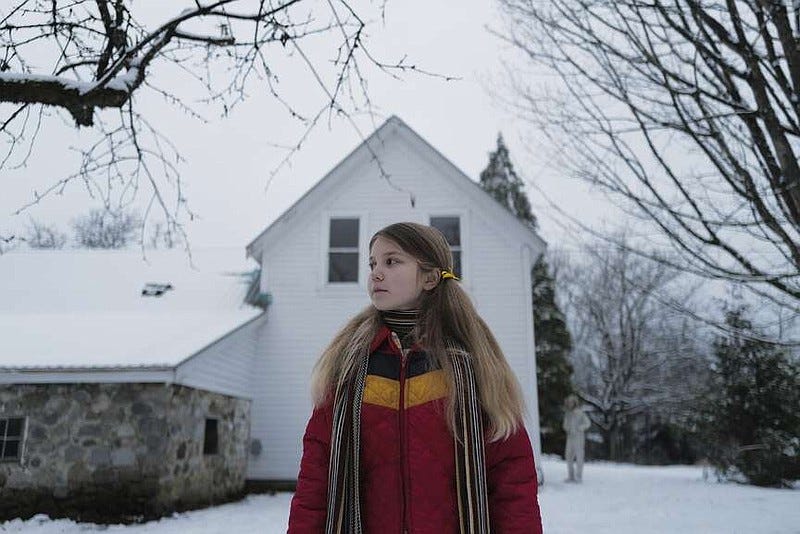
There are some truly remarkable lighting and color grading techniques that I want to point out that significantly add to the aesthetic of Longlegs and is one of the best aspects of the film. The exteriors are all shot in cool tones, adding to this creepy Pacific Northwest vibe that’s been a mainstay of mystery since Twin peaks. Even some of the interior shots mimic Twin Peaks with long cabin walls and small suburban houses. But most of the interior shots all show a warm glowing tone coming through any exterior window. It’s jarring when you follow a character from a cold dark blueish-hued outside, to then see them standing in a room with orange waves glowing through the windows. It’s a direct visual motif that’s meant to mess with the viewer’s head. Inside it’s dark and cold and drab, but if we could just get outside we’d be in the sun, in the light. But as soon as we get there, were hit again with the cold blue tones. There is no escape for Lee or for us. There are sinister forces at work, and they are following Lee everywhere.
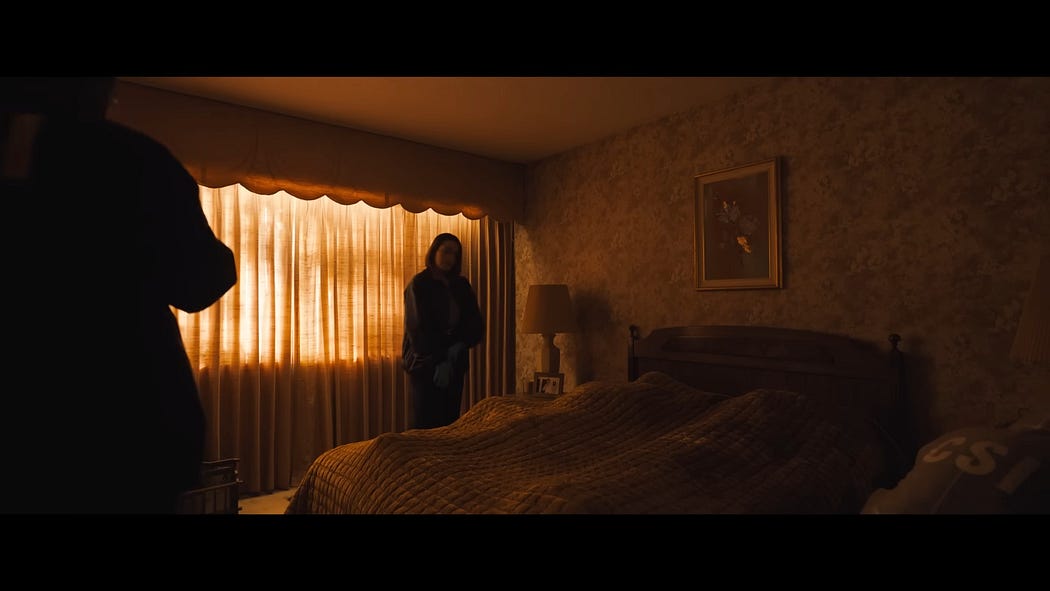
If you’ve seen any marketing for Longlegs, you may assume that Nicholas Cage is the main character. He is not. Cage takes up around 10 minutes of screen time in the entire film but he is loud and boisterous in every scene he’s in. Maika Monroe plays Lee Harker, an FBI agent with a 6th sense for solving cases. She unwittingly finds herself taking the lead on a decades-long case of a serial killer by the name of Longlegs. The problem is that Longlegs hasn’t actually killed anyone. Every killing he’s connected to has been a series of bizarre family murder-suicides where one patriarchal member ostensibly goes nuts and murders their entire family before taking themself out. The only correlation between these bizarre events is the birth date of whichever child is killed always falls on the 14th of any given month, and a zodiac-type coded letter is left behind at each home. Always signed by Long Legs.
Maika Monroe does an excellent job in this role, playing a detective who’s a little shy, a little unsure of herself, and a little socially awkward. She has a strained relationship with her mother, played by Alicia Witt, which is explored deeper later in the film.
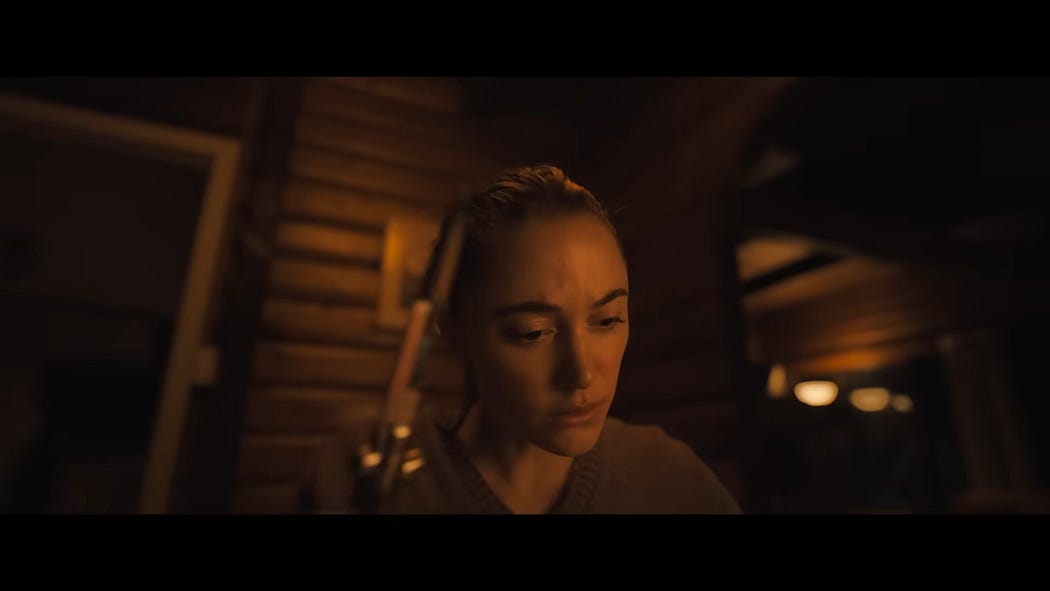
Nick Cage plays the titular Long Legs and his performance is….. something.
Look, Nick Cage is a good actor, a great one even when he wants to be. Cage has mastered comedy in flicks like Raising Arizona, and rightfully won an Oscar for his portrayal of a suicidal drunk in Leaving Las Vegas. Later in his career though, he’s leaned farther into boisterous campy performances. He still makes good flicks and he’s still a good actor. In Dream Scenario Cage gives a spectacular performance as an ordinary dude caught up in an extraordinary situation. Which is the opposite scenario of his many recent films. Nicholas Cage is often playing some weird loud crazy character that feels just a bit off in the normal world he finds himself in. That’s the case here in Longlegs, just cranked up to eleven.
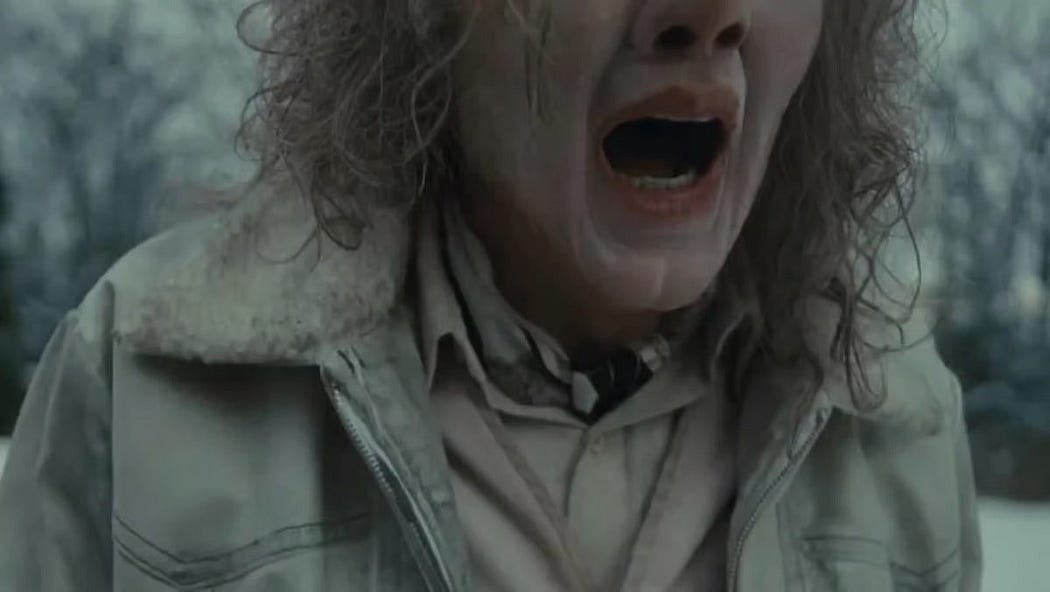
Cage is wearing so much makeup and prosthetics that he ends up looking like some weird mixture of Captain Spaulding and Rocky Dennis from Mask. It’s off-putting at best and disgusting at worst.
But it’s a horror movie so that’s kind of the point. The scariest horror film of the decade if the hype is to be believed. But Longlegs, all in all, isn’t that scary. It’s kind of caught in between genres and never exactly succeeds at any of them. At points it’s a detective procedural, at others it’s a serial killer thriller, and in parts, it’s a supernatural horror flick. but Longlegs never commits to any of these genres long enough to result in a satisfying payoff. As soon as the mystery of the killer starts to unravel, the movie makes a sharp right turn towards the supernatural, so it doesn’t really matter what the mystery was, there’s nothing to prove. Nothing to solve.

This again leads me back to my major complaint with Longlegs, the script. The dialogue and character development are great. The story moves along at a meaningful pace, it never overstays its welcome, and even smaller characters like Kiernan Shipka as Carrie Ann are compelling and add to the narrative. But after an hour and thirty minutes of the film’s hour and forty-one minute run time, rather than give us a meaningful payoff, some crucial piece of evidence that ties the whole film together, we are given a long flashback exposition dump that boils down to little more than “it was all the devil.” Look, I love a good devil movie, and it’s unfair to compare this movie to the greats like The Exorcist, Hereditary, or even Silence of the Lambs, a film it is so clearly trying to emulate. Longlegs script just can’t compete with that kind of cinema mastery. It’s a fun film, one I recommend seeing at least once, but probably doesn’t demand multiple viewings and won’t become a horror classic. I think this film is a 6/10.



